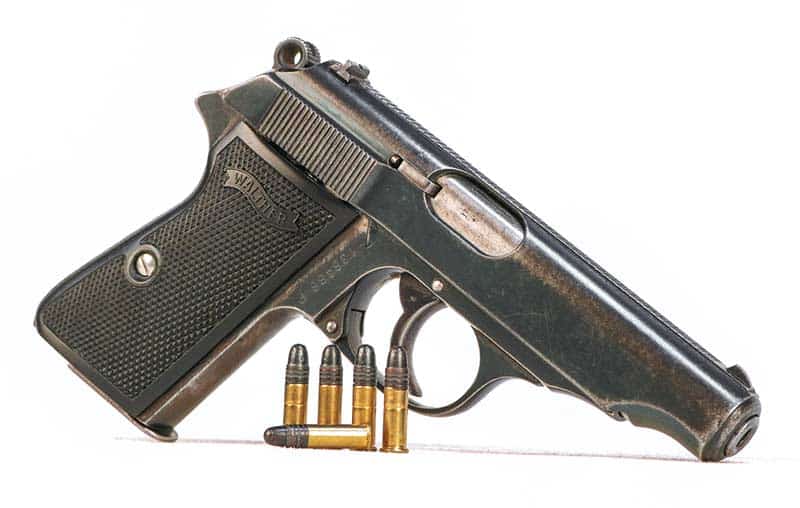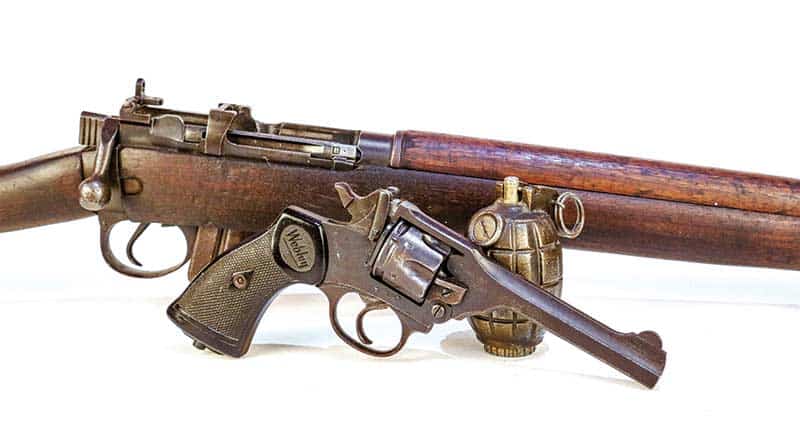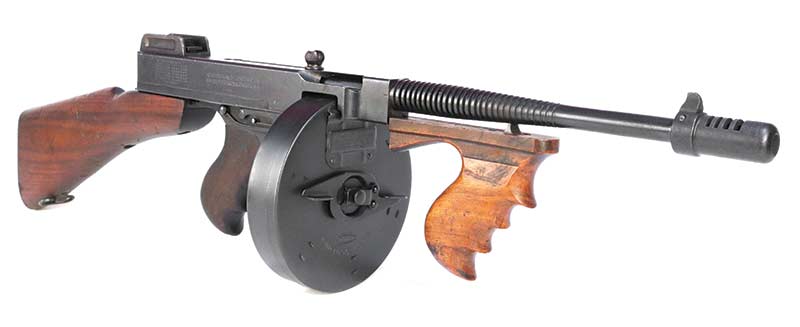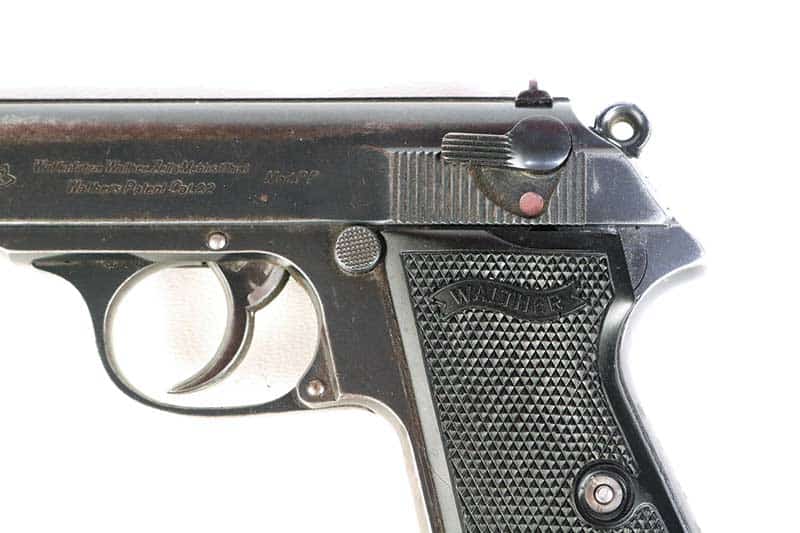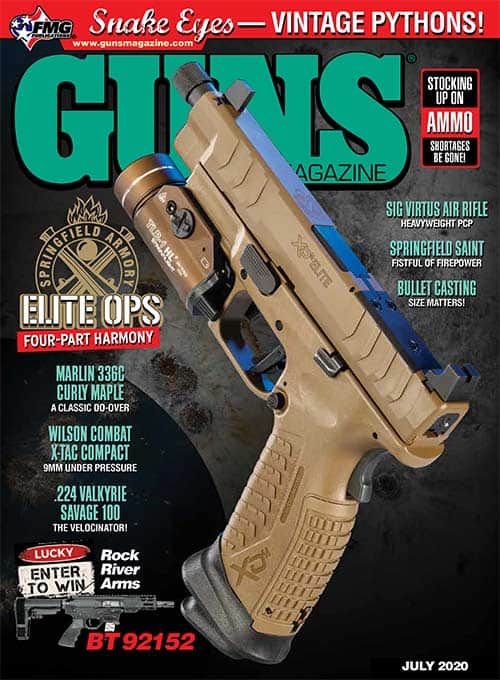The Iron
The standard Infantry weapon used by the British Army at the time was the L1A1 Self Loading Rifle (SLR). An Anglicized version of the venerable FN FAL rifle chambered in 7.62x51mm NATO, the L1A1 was overly bulky for close quarters work but projected a great deal of authority downrange. Images of British soldiers patrolling the streets of Belfast with their L1A1 rifles at port arms were a recurrent part of the nightly news when I was a kid.
The IRA got their weapons from some motley sources. WWII-surplus arms like Lee-Enfield rifles and Thompson submachine guns were not uncommon early on. Muammar Ghaddafi was a fan, so Kalashnikov rifles and RPGs arrived thereafter. The cause also had its adherents on this side of the pond, so AR15 and AR180 rifles made it to the paramilitary wing of the IRA.
The Troubles was the only armed conflict wherein the Armalite AR180 saw significant action. Those close to the fighting called it the “Widowmaker” as a result. One of the strangest weapons used in the war, however, doesn’t really seem like a combat implement at all.
